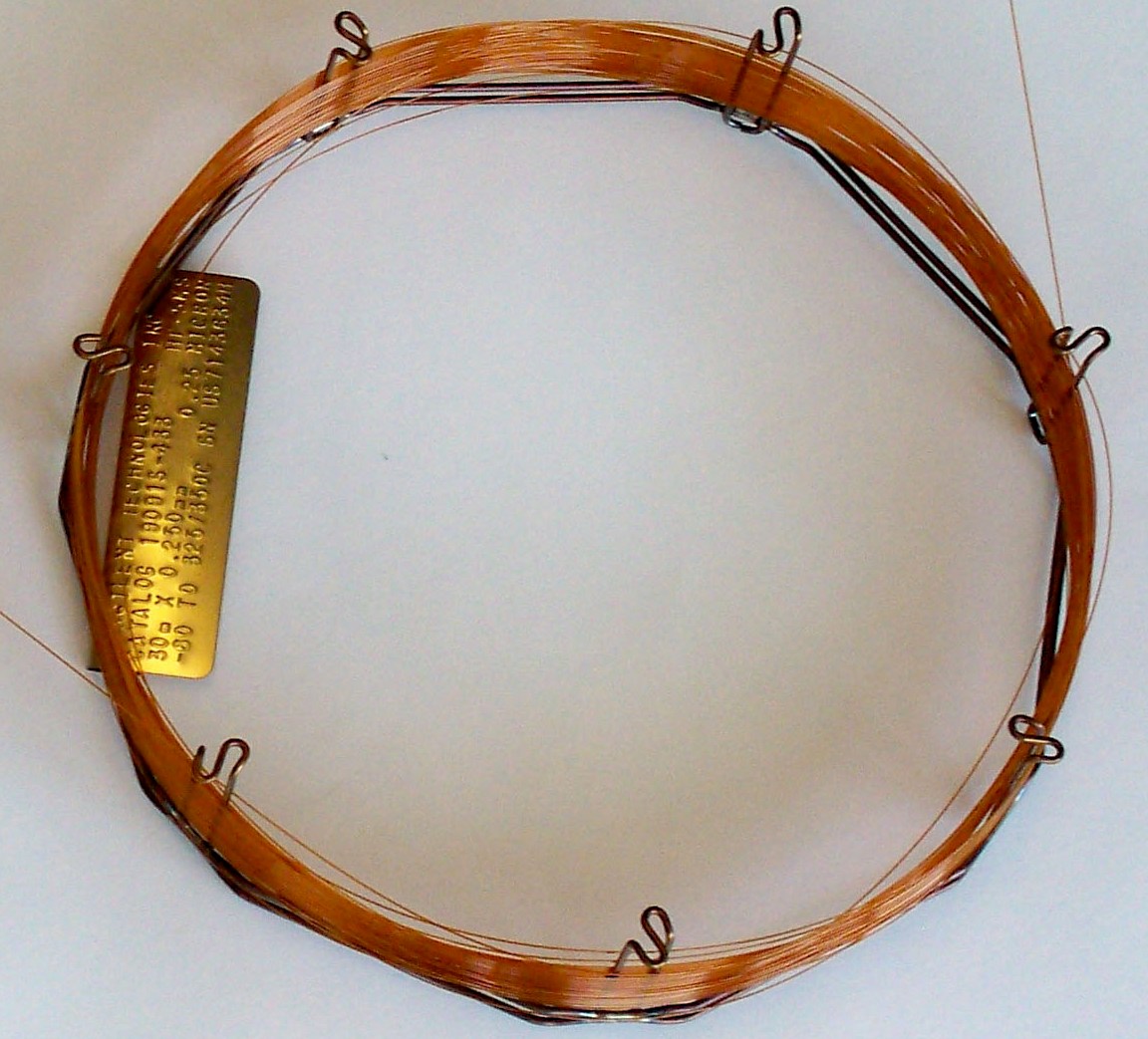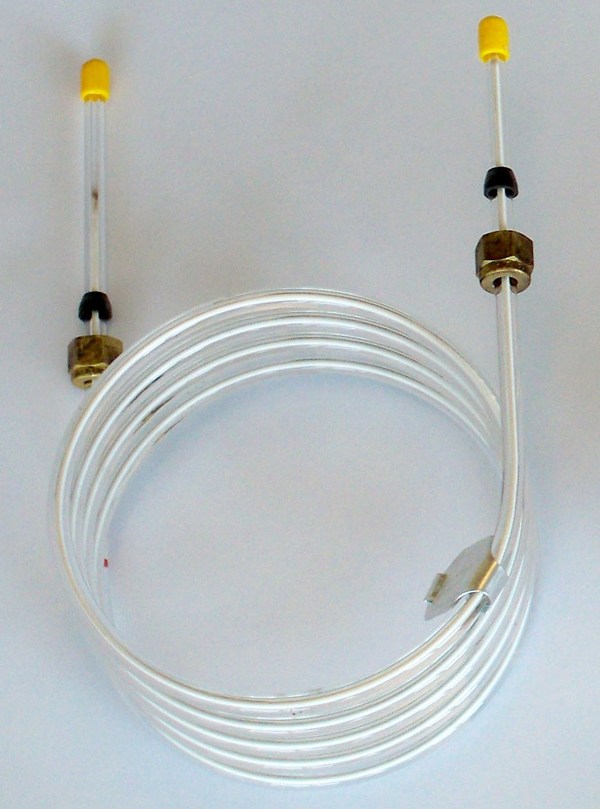| << Chapter < Page | Chapter >> Page > |
High purity hydrogen, helium and nitrogen are commonly used for gas chromatography. Also, depending on the type of detector used, different gases are preferred.
This is the place where the sample is volatilized and quantitatively introduced into the carrier gas stream. Usually a syringe is used for injecting the sample into the injection port. Samples can be injected manually or automatically with mechanical devices that are often placed on top of the gas chromatograph: the auto-samplers.
The gas chromatographic column may be considered the heart of the GC system, where the separation of sample components takes place. Columns are classified as either packed or capillary columns. A general comparison of packed and capillary columns is shown in [link] . Images of packed columns are shown in [link] and [link] .
| Column type | Packed column | Capillary column |
| History | First type of GC column used | Modern technology. Today most GC applications are developed using capillary columns |
| Composition | Packed with silica particles onto which the stationary phase is coated. | Not packed with particulate material. Made of chemically treated fused silica covered with thin, uniform liquid phase films. |
| Efficiency | Low | High |
| Outside diameter | 2-4 mm | 0.4 mm |
| Column length | 2-4 meters | 15-60 meters |
| Advantages | Lower cost, larger samples | Faster, better for complex mixtures |


Since most common applications employed nowadays use capillary columns, we will focus on this type of columns. To define a capillary column, four parameters must be specified:

Notification Switch
Would you like to follow the 'Physical methods in chemistry and nano science' conversation and receive update notifications?